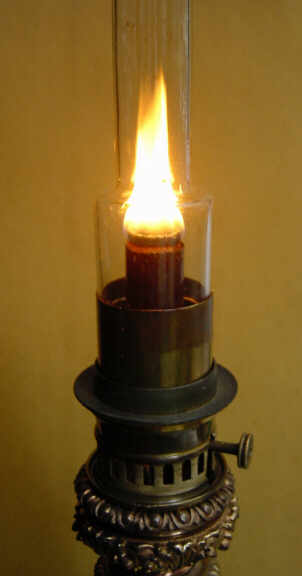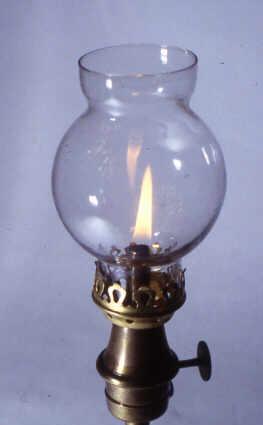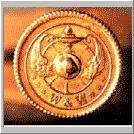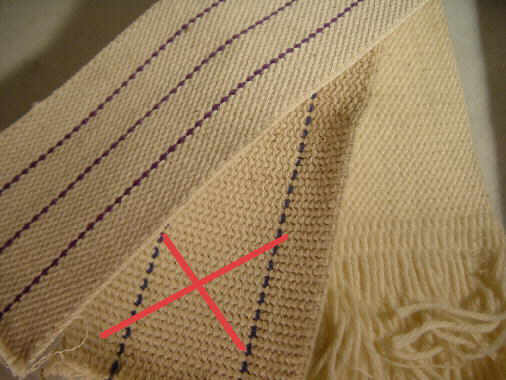




Flames
by Monsieur Ara
I would like to show you here some flames as the result of the development of lighting techniques in the last two centuries. Lavoisier (1743-1794), the founder of modern chemistry in France, explained about 1770 for the first time in scientific terms the chemical process of producing light.
Man made light out of classical organic fuels (animal fat, vegetable oil, tar...) for thousands of years before science gave him the idea he could improve the output of his lamps. The wick used in primitive lamps was a plain rope wick with a round flame. In the mid-1770's, lamp makers used for the first time flat wicks (Léger, Lagerstroem) and in the early 1780's, tubular wicks (Argand) for a better oxygen supply.
These improvements realized in the late 18th century for vegetable-oil lamps were applied throughout the 19th century to many new sources of energy: gas, kerosene, gasoline, spirit etc. before electric lighting was adopted almost everywhere in urban areas of industrialized countries. The illustrations in the following pages show burners and the adequate chimneys for these fuels. The collector as well as the daily user must pay attention to the choice of a good wick and the appropriate chimney in order to obtain a proper flame without side-effects like odor or soot.
 |
 |
 |
 |
 |
|
| Gas burners | Lamps for vegetable oil | Kerosene-burners | Miscellaneous: gasoline, spirit, etc. | Lamp-manufacturers and logos | Possible errors, troubleshooting, advices |